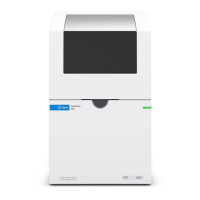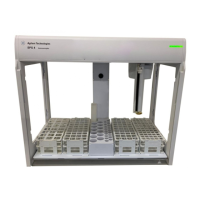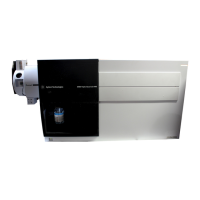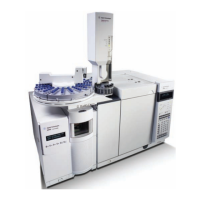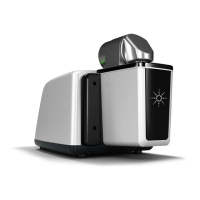Safety Practices and Hazards
6 Agilent 4107 Nitrogen Generator User’s Guide
If you are unsure of the effects of any liquid, gas or chemical on the
nitrogen generator, consult your Agilent field service engineer or
approved representative before use.
Air supply
To avoid shortening its life, the nitrogen generator requires a supply
of clean, dry, oil-free air. To assist in achieving this, the nitrogen
generator has integral filters attached to the side of the unit.
Depending on the quality of the air supply and the environmental
conditions, additional driers and filters may be required. Please refer
to the Agilent MP-AES Site Preparation Guide for further details and
read the instructions regarding filters under the Maintenance chapter
of this guide.
CAUTION
Under no circumstances should the nitrogen generator be operated without
these filters connected or with the filters in a saturated condition.
CAUTION
Under no circumstances should the nitrogen generator be connected to an air
supply containing oil. Permanent damage to the nitrogen generator will occur.
Contamination of the sorbent material with oil will invalidate the
warranty.
Compressed Gas Hazards
Air compressors must be located and connected strictly in
accordance with local safety codes and regulations.
All compressed gases (other than air) can create a hazard if they leak
into the atmosphere. Even small leaks in gas supply systems can be
dangerous. Any leak (except that of air) can result in an oxygen-
deficient atmosphere which can cause asphyxiation. The area in
which cylinders are stored and the area surrounding the instrument
must be adequately ventilated to prevent such gas accumulations. Do
not directly inhale the output gas from the nitrogen generator.

